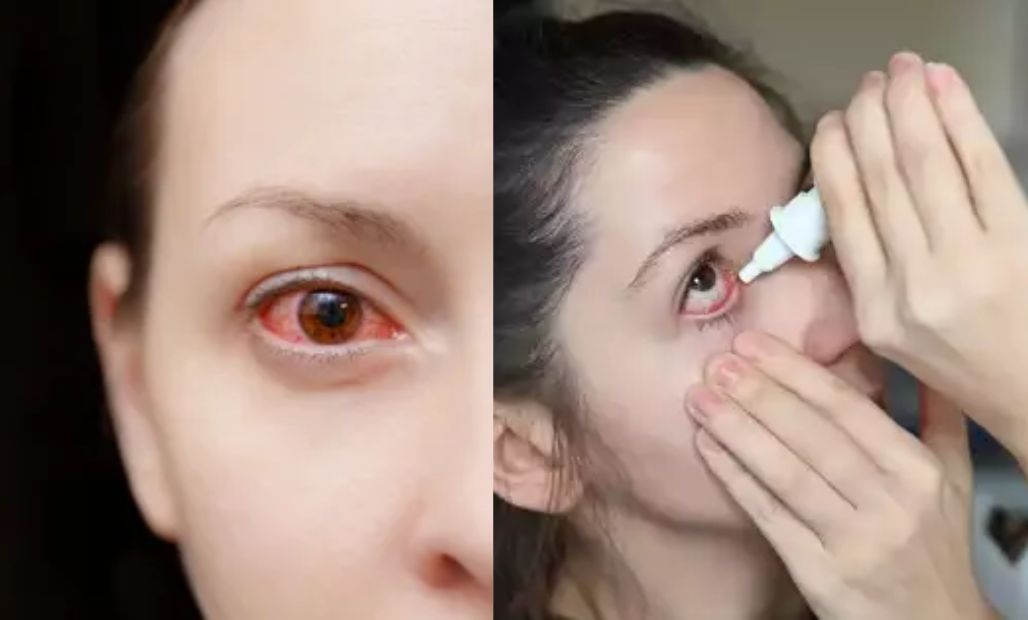The escalating cases of conjunctivitis, commonly known as pink eye, in different regions of India have raised concerns due to the infection’s severity and rapid spread.
Health authorities and the public are alarmed due to the severity of symptoms and the high transmission rates. Compared to last year when Hospital OPDs saw 10-20 cases a day, they are now witnessing double the cases a day.

Source: The Economic Times
Doctors in the Delhi-National Capital Region (NCR) stated that they are witnessing a significant surge with nearly 80-100 patients seeking treatment for the infection in their outpatient department (OPD) clinics on a daily basis. This surge stands in stark contrast to the same period last year when they would usually encounter only 10-20 such cases per day in OPD. The situation has triggered alarm among healthcare professionals and the public, necessitating vigilance and measures to control its transmission.

Source: India Today
In several other states, including Maharashtra, Gujarat, Bihar, Uttar Pradesh, Karnataka, and Tamil Nadu, there has been a notable surge in infection cases. Doctors are expressing concern over the substantial increase in cases compared to the typical yearly occurrences. They suspect that the circulating variant of the virus might be exceptionally aggressive, resulting in more severe symptoms for those affected.
Moreover, the infection seems to be affecting individuals across all age groups, including children. This worrisome trend calls for heightened vigilance and urgent measures to contain the outbreak’s spread and protect public health. Medical authorities are closely monitoring the situation and working to implement effective strategies to control the infections and safeguard the well-being of the population. Additionally, public awareness and strict adherence to preventive measures are vital in combating the rising cases and breaking the chain of transmission.

Eastern Mirror
Why is there a Surge in the cases:
According to experts, the rise in conjunctivitis cases can be attributed to the increased and early rainfall this year in comparison to the past two to three years. Furthermore, during the previous years, people were practicing more preventive measures due to the Covid-19 pandemic, which likely contributed to reducing the spread of conjunctivitis.
However, the current outbreak is predominantly caused by the adenovirus, a common culprit responsible for conjunctivitis. It is essential to note that adenoviral conjunctivitis is a self-limiting condition, and there are no specific antiviral medications that effectively treat it. Proper supportive care and symptomatic relief are essential during its course.
How to take precautions:

Source: Single Health
Here are some precautions advised by doctors regarding conjunctivitis:
– Avoid touching your eyes to minimize the risk of transmission, refrain from touching your eyes with unwashed hands.
– Maintain hand hygiene, wash your hands with soap and water or use hand sanitizer to keep your hands clean and free from potential sources of infection.
– Avoid sharing towel with others to prevent the spread of the infection.
– use medications as prescribed by your doctor and avoid self-medication with over-the-counter drugs.
– To prevent contamination, do not share eye cosmetics, such as mascara or eye makeup, with others.
– Avoid using contact lenses until the issue has resolved completely.
– In case of exposure to potential sources of infection, wear protective goggles to reduce the risk of contracting conjunctivitis.












































































